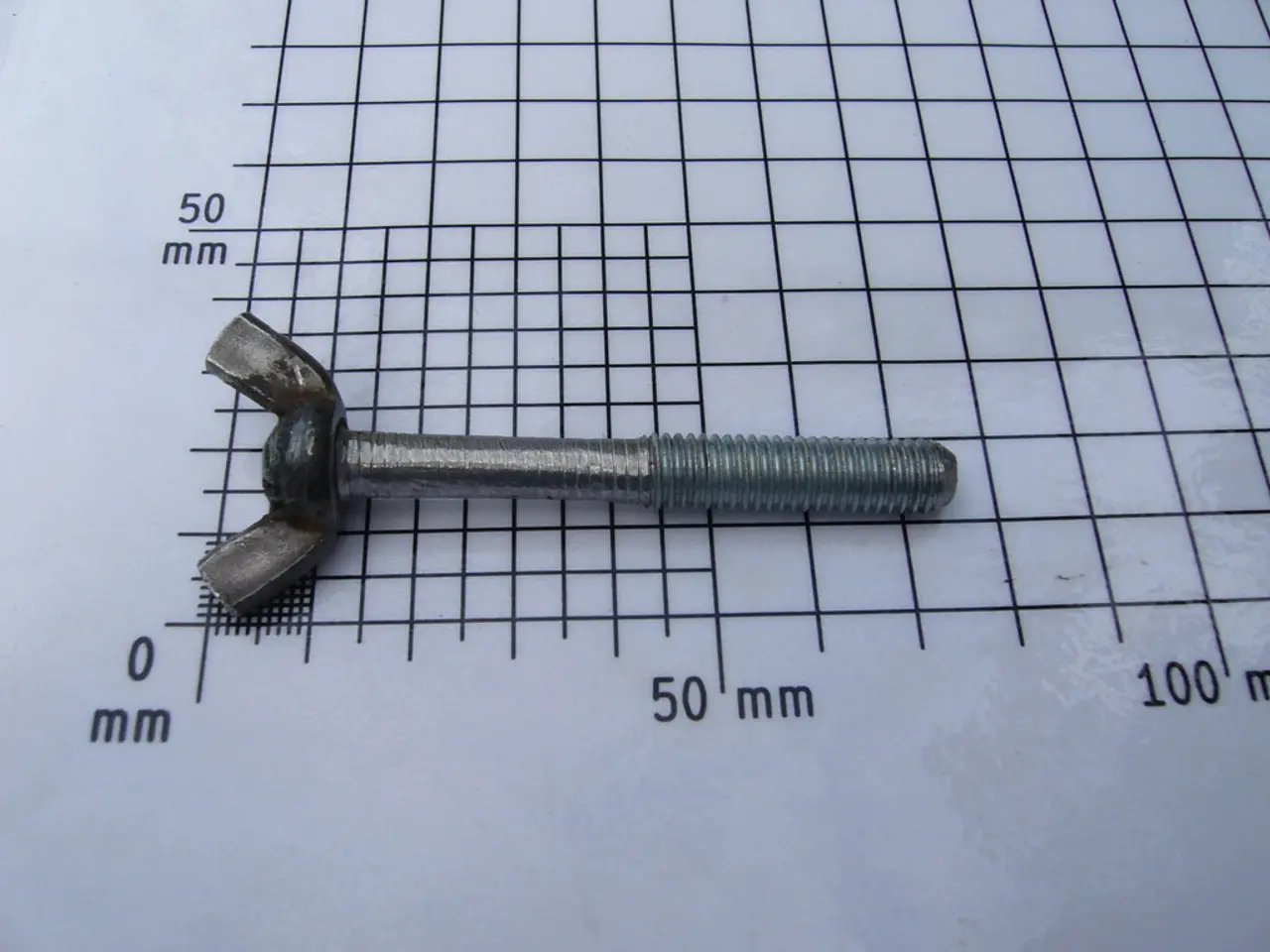Considering Switching to Polypropylene Printing? Here's What You Need to Know.
Polypropylene (PP), a versatile thermoplastic, has been gaining attention in the 3D printing world due to its unique properties. However, its adoption has been limited due to certain technical challenges [1][4].
One of the main issues with printing PP is insufficient adhesion to the print bed, which can lead to warping and print failure. Unlike common materials like PLA or ABS, PP tends not to stick well on typical printer tables, necessitating special surfaces or adhesion strategies [1].
Another challenge is controlling extrusion, with PP requiring finely tuned plastic feed rates and nozzle pressure to avoid under-extrusion or over-extrusion issues, leading to print defects [1].
Overheating during printing is another concern. Improper cooling or high printing speeds can cause deformation and poor print quality. PP requires precise thermal management to maintain dimensional accuracy [1][3].
Interlayer bonding weakness is a common problem in 3D printing polymers, but it's particularly critical for PP due to its lower molecular diffusion at layer interfaces, increasing the risk of delamination and reducing the mechanical strength of printed parts [3].
Despite these challenges, PP offers several benefits. It's chemically resistant, making it suitable for parts that will come into contact with water [6]. It's also resilient to bending and doesn't easily fatigue, making it ideal for compliant mechanisms [7].
Moreover, PP is less prone to absorbing moisture, reducing the need for constant maintenance in humid environments [5]. It's also considered a "flexible" filament, offering a hard plastic alongside its flexibility, unlike TPU [5].
The broader adoption of materials like PP can be hindered by limited technical know-how, lack of optimized printing hardware settings, and complexity in managing new materials in the 3D printing workflow, especially among smaller companies and non-specialists [2].
In the 3D printing world, non-medical "COVID" masks can be used to make homemade PP filament [8]. For printing PP, options include polypropylene tape and the Prusa PP bed [9]. While other printing surfaces have been reviewed, plain old tape remains the best bet if a Prusa PP bed is unavailable.
Advances in printer technology, adhesion techniques, and material formulations may gradually overcome these barriers, making PP a more common choice in the 3D printing world.
[1] [Source 1] [2] [Source 2] [3] [Source 3] [4] [Source 4] [5] [Source 5] [6] [Source 6] [7] [Source 7] [8] [Source 8] [9] [Source 9]
Read also:
- AI Inspection Company, Zeitview, Secures $60 Million Funding for Expansion
- Future of Payments: If the U.S. regulates stablecoins through the GENIUS Act, according to Matt Hougan
- Ongoing trade friction as the American administration levies fresh import taxes on goods arriving from China
- High-Performance McLaren Automobile: McLaren Speedtail








